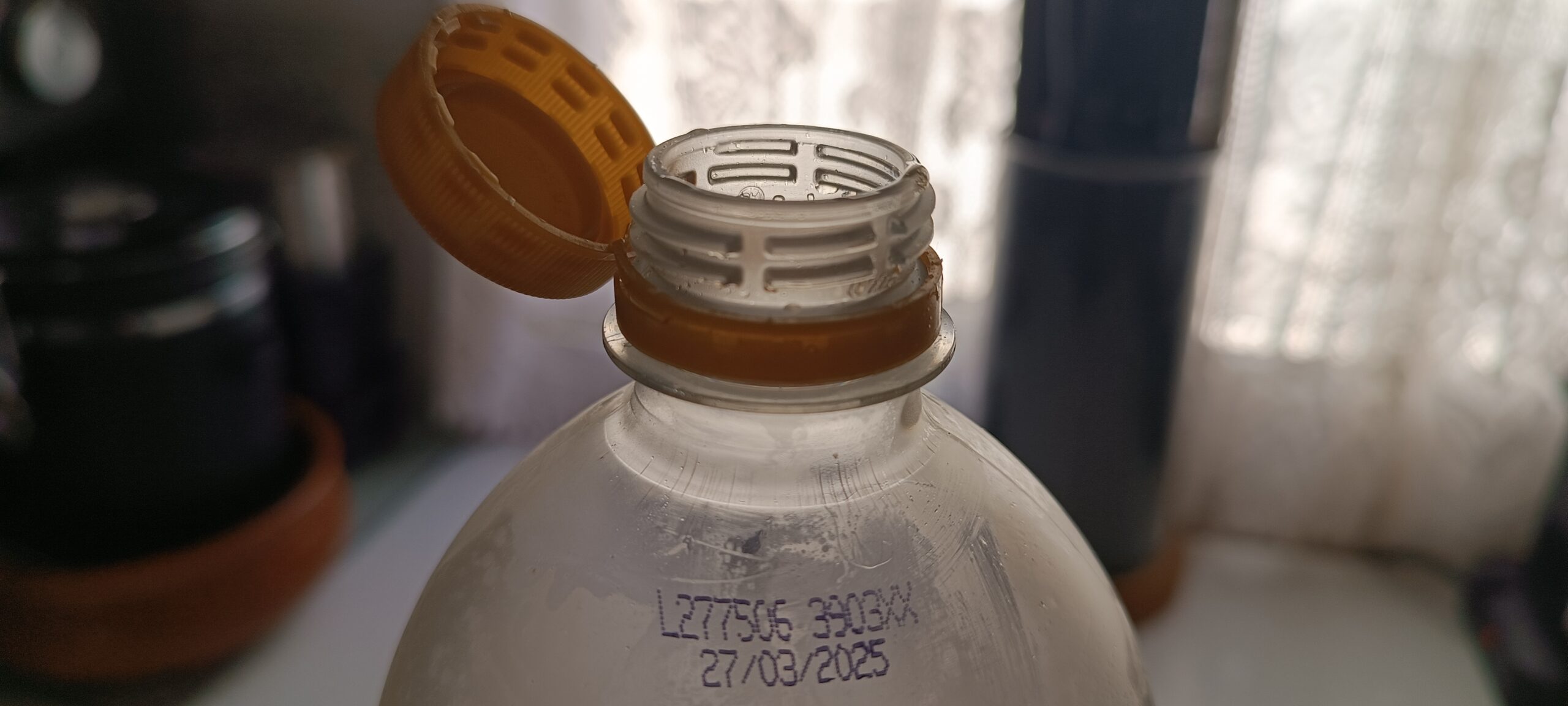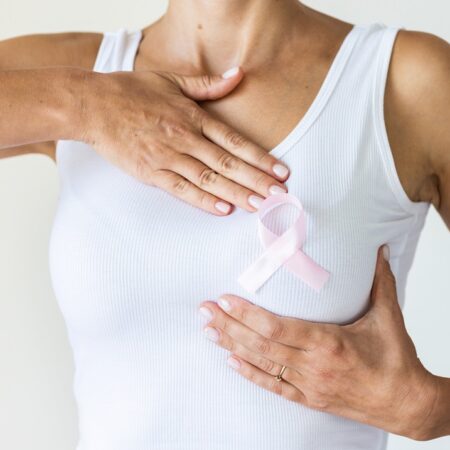They have recently swamped the stores, amid a wave of criticism, but bottles and cartons having the lid attached are now commonplace, and if you’re wondering why, it’s those pesky Europeans trying to save the planet!
Bottles and cartons have always had lids, otherwise we are likely to have lost the liquid content, but traditionally they were separate from the container. In fact, some were even made of different materials and therefore difficult to recycle, resulting on some occasions on specific collections of bottle tops for charitable purposes, although in many ways with limited success.
Jump forward to 2024 and now the tops are attached to the bottles, in order for the manufacturers to adapt to new European regulations. The change is in order to comply with environmental protection legislation, because as of 3 July, 2024, all bottle caps or containers of up to three litres must be permanently attached to their containers, in accordance with the provisions of Law 7/2022 on waste and contaminated soils for a circular economy.
This regulation is not entirely new however, as it is based on a previous one, approved in June 2019 by the European Parliament and the Council of Europe. Directive (EU) 2019/904, which deals with single-use plastics, and states that most caps must be permanently attached to bottles or containers. The ultimate goal is to address the problem of pollution and reduce the presence of this type of parts in the environment.
The European Union plans to reduce packaging by 15% in the coming years. For example, starting in 2030, some single-use plastic packaging will be banned, such as that used today for fresh fruits and vegetables, or for individual servings of dressings.
In the case of caps used in beverage containers, the battle begins earlier, since these caps are some of the most common single-use plastic items found on European beaches. This happens because, being separate and small objects, in many cases they are lost and become even more complex pieces to recycle.
For this reason, the legislation establishes that new containers with plastic caps may only be marketed if they meet specific design requirements that prevent this separation of elements. Article 6 of this directive expresses it like this:
“Member States shall ensure that single-use plastic products […] that have plastic lids and plugs may only be placed on the market if the lids and plugs remain attached to the container during the intended use phase of that product”.
So next time you are drinking from the bottle or carton and trying to position your nose out of the way of the cap to do so, at least you can be comfortable in the knowledge that you are contributing in your own way to the reduction of plastic pollution.
And, if you are reading this in the UK, at least you can be aware that your bottle caps can be as free as a bird they are trying to protect, because as part of your new Brexit freedoms, despite the fact you now restricted from working in member states, you will at least be able to ignore this legislation… Unless…











